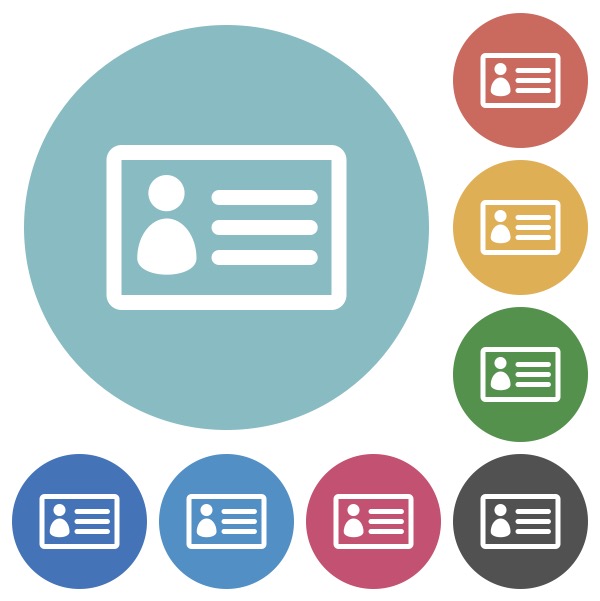
For those who are dedicated to developing learning and development programs, there are generally two main goals: to provide quality content that will help individuals move forward in their careers; and to get those individuals to enroll in and complete the courses made up of that quality content. This is, of course, an oversimplification but one that gets to the heart of what an effective training provider is aiming toward.
For training providers, the goal is to meet learners’ needs and ensure training programs impact both their careers and lives. To do this, trainers have to make sure they are setting individuals up for success and providing them with the opportunity to showcase their new skill sets, whether it be soft skills or hard skills. Trainers also have to engage their learners at a level that encourages them to complete a course, get certified, and come back for the next series of learning opportunities. One way training programs can realize both of these needs is by utilizing digital credentials.
What Are Digital Credentials?
Digital credentials are used across industries to recognize individuals for their demonstrated competencies and skills. They are verified, portable, and trusted proof of a person’s abilities and skills. Each credential is backed by verified data that provide insights into the context, effort, knowledge, and specific activities required to achieve that specific result.
For example, if you were building a house, you would want someone certified as an electrician to be working on your wiring and electrical needs. Yet, how do you prove they are a qualified electrician? A great way to ensure this is for the electrician to share their verified proof of skills through digital credentials. Because they are backed by data, digital credentials are a trusted source of information about a person’s capabilities. They provide instant insight into what someone has learned, who is confirming the accomplished skill set, and what that individual can contribute in a specific job or team setting.
Translate Learning and Development into Long-Term Career Success
For those in the learner role, gaining the necessary skills to compete in the marketplace or enhance their current job performance and capabilities is of the utmost importance. Building up to and pushing through the COVID-19 pandemic, skills-based hiring has been more critical than ever. In such an unpredictable hiring landscape, many people are either leaving their current jobs to try completely new career paths or attempting to navigate their way up and around the ladder within their organization.
Whether an individual is leaping into a new industry or expanding their role in a current field, skills are their #1 asset. As a training provider, you will make those skills even more valuable to both the individual and their employer when your program includes digital credentials as the primary form of recognition. Just as the skills learned during your training course become a permanent part of an individual’s knowledge bank, a digital credential becomes a critical component to building long-term career success. Learners can incorporate the credential in their professional profile and share this big win with their network via social media, by incorporating it into their e-mail signatures, and more.
Not only does this amplify their achievements, but training programs also can benefit from the sharing of credentials as it showcases opportunities and drives impressions to a brand.
Differentiate Your Brand and Increase Training Volumes
Creating an effective learning and development program is a huge investment in time and resources. It’s essential to ensure that others clearly understand your program’s value and associate that value to your brand. Digital credentials provide a level of transparency that is instantly recognizable and helps consumers better appreciate your program. Did it take weeks, months, or years to validate the skills in your program? Or does your training represent just-in-time learning that reflects changes in a rapidly shifting landscape? This context helps the market understand and value what you uniquely have to offer.
Arguably the most important—and often most difficult—element in creating an effective learning and development program is finding new, innovative ways to attract and engage people to those learning opportunities. Digital credentials are a proven tool for doing just that.
Companies can use credentials to increase motivation for continued education opportunities and growing skill sets. By ensuring visibility of digital credentials and providing a place where employees can showcase their newly acquired skills, certification volume can increase as others seek out similar opportunities for personal development. Likewise, digital credentials can drive loyalty among those who engage with your training. Companies including IBM and Snowflake report that individuals who earn digital credentials through their training programs are more likely to pursue additional digital credentials and even recommend earning a digital credential to others.
Backed by an effective learning and development program, learners can garner the required or preferred skills to enhance their professional development. At the same time, companies can benefit from increased training volume and employees with more extraordinary skills sets. Incorporating digital credentials can help companies amp up the impact they’re making with their training programs.


